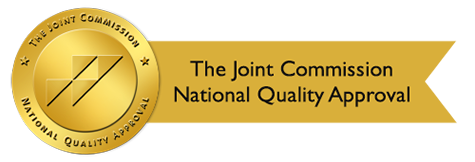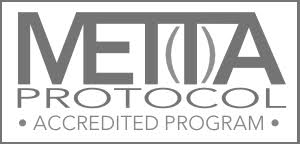Stimulant use disorder is a complex and challenging condition that affects individuals who engage in the misuse or excessive use of stimulant substances. This blog aims to provide a scholarly yet empathetic understanding of this condition, including its definition, prevalence, underlying neurobiology, observable behaviors, and available treatment options. By shedding light on this condition, we can foster empathy, reduce stigma, and support those impacted by stimulant use disorder on their journey to recovery.

Defining Stimulant Use Disorder
Stimulant use disorder is characterized by a pattern of problematic use of stimulant substances, such as amphetamines or cocaine. Individuals with stimulant use disorder may find it difficult to control their use, experience cravings, and prioritize substance use over other important aspects of their lives.
Prevalence of Stimulant Use Disorder
The misuse of stimulant substances has become a growing public health concern. According to the Substance Abuse and Mental Health Services Administration (SAMHSA), 5.5 million Americans, aged 12 or older, struggled with cocain use in 2018. It is essential to note that drug use can affect people from all walks of life, regardless of age, gender, or socioeconomic background.
Neurobiology of Stimulant Use Disorder
Stimulant substances exert their effects on the brain by increasing the release and blocking the reuptake of certain neurotransmitters, such as dopamine and norepinephrine. With repeated use, these substances can disrupt the brain’s reward system. This can lead to changes in the circuitry involved in motivation, pleasure, and decision-making. Over time, the brain may become reliant on the presence of the stimulant to function normally, contributing to the development of addiction.
Observable Behaviors and Impact
Stimulant use disorder can manifest in various observable behaviors and have a significant impact on an individual’s life. These may include:
Increased Energy and Alertness
Stimulant substances often produce a surge of energy and heightened alertness. This leads to individuals engaging in prolonged periods of wakefulness or increased activity levels.
Impaired Judgment and Decision-Making
The effects of stimulant substances on the brain’s prefrontal cortex can impede judgment and decision-making abilities. This can lead to impulsivity, risk-taking, and poor choices, both in the short term and in long-term planning.
Social and Occupational Dysfunction
Individuals with addiction may experience strained relationships, difficulties in fulfilling work or educational responsibilities, and withdrawal from social activities, as their substance use takes precedence.
Treatment Options for Stimulant Use Disorder
Treating stimulant use disorder requires a comprehensive approach tailored to individual needs. Potential interventions may include:
Behavioral Therapies
Cognitive-behavioral therapy (CBT), contingency management, and motivational interviewing are evidence-based therapies. They help individuals understand the underlying factors driving their substance use, develop coping mechanisms, and promote healthier behaviors.
Medication-Assisted Treatment
In some cases, physicians can prescribe certain medications to support recovery from drug use. There is currently no FDA-approved medication specifically for stimulant use disorder. However, medications used for other conditions, such as antidepressants or anti-anxiety agents, may be prescribed to manage co-occurring mental health symptoms.
Supportive Services
Engaging in support groups, such as Narcotics Anonymous or SMART Recovery, can provide individuals with a sense of community. It encourages shared experience, and ongoing support throughout their recovery journey.
Conclusion
Stimulant use disorder is a complex condition that affects individuals from all walks of life. Understanding the definition, prevalence, neurobiology, observable behaviors, and available treatment options surrounding this disorder is important. It allows us to foster empathy, reduce stigma, and support those impacted on their path to recovery.
Individuals struggling with stimulant use disorder should be approached with compassion. Are you struggling with stimulant use? You may contact us at Roots Through Recovery to get help.


